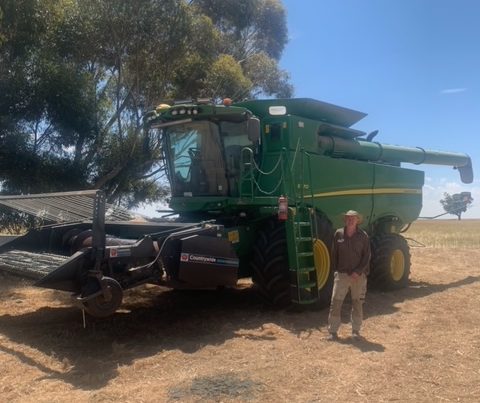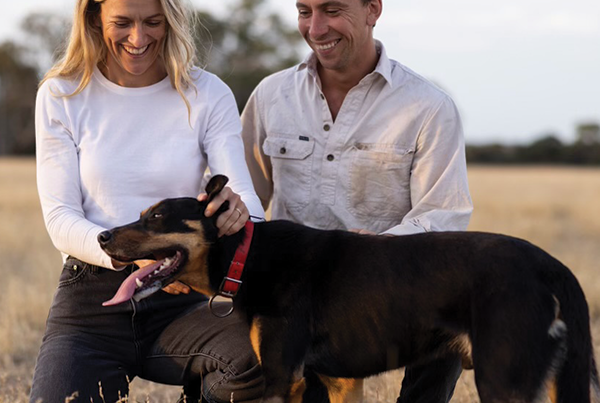At a glance
Who: Glen Torrie Pastures – David And Perina Kentish, Gordon Kentish and Pippa Mills.
What: 178ha property focused on breeding and raising Blank Angus Cattle for beef.
Where: North West of Tasmania.
How has climate change impacted on your farm business?
Our family began this journey almost 16 years ago with a move from NSW due to increasingly reduced rainfall and unpredictable summer storms and fires. As we build on our knowledge of this area in Australia, it is clear that weather patterns are far more variable than previously reported. This area of Tasmania is known for its high rainfall and temperate climate. Having an understanding of drought and unpredictable weather, building capacity and resilience on the farms, through water storage and soil health, is essential.
What are some of the climate-smart strategies you have been employing and how successful have they been?
We consider ourselves as grass farmers. Without healthy nutritious feed we cannot produce healthy, nutritious beef. Building soil profiles and improving the landscape has always been part of our reason to farm. As we began to understand our potential in climate change mitigation through our on farm practices, we found a new purpose.
We believe that there are some key elements to building a climate conscious farming business:
- Having productive pastures that create large quantities of biomass is essential. A variety of species in these pastures feeds organisms below the ground which keeps our soils healthy while requiring fewer amendments. Feeding stock with healthier produce reduces illness and the need for medication or supplements.
- Over the last 16 years we have built a swath of mixed pastures utilizing clover, chicory and plantain. Research shows that the benefits of having chicory and plantain as part of these pastures reduces the methane output as it assists digestion in cattle.
- Planned rotational grazing is another tool we use to allow pastures the time to grow both above and below ground. Root mass is as important as leaf mass for soil structure, building organic matter and accessing minerals. The rest periods depend on the time of year and pasture growth rate.
- Low stress stock handling is also part of our system. Having raised the calves from birth, they quickly understand our movements and we theirs. This gives our daily moves an ease that is not often seen with flighty Black Angus. These animals are part of our management strategy. As they graze each section and move throughout paddocks they stimulate the grass to regrow. This pulls in atmospheric carbon, stimulates root growth and builds the soil profile.
- Continuing to protect waterways and reintroduce trees across our paddocks restores a functioning ecosystem. Building a food chain into our pest management (grasshoppers!) again requires fewer inputs and chemical controls. Not only does this shade our stock but these areas provide habitat for a large variety of birds, spiders, snakes and lizards, which in turn help us by eating insects etc. We are yet to find out how wallabies and possums fit into this beneficial web, but they certainly enjoy the additional shelter and feed.
While we are learning more about the longer term impacts of climate change we are also learning and adapting our farming practices to help counter what we can. Considering the connection to land and people must always be a focus for our future.
Do you use renewable energy on your farm and what are the benefits?
In the coming years we are focusing on reducing our reliance on fuel and electricity, with a gradual move to solar for electricity. Gravity feed water systems are also a part of our current farming practices. We are conscious that there are always ways we can improve our usage and reduce our footprint.






